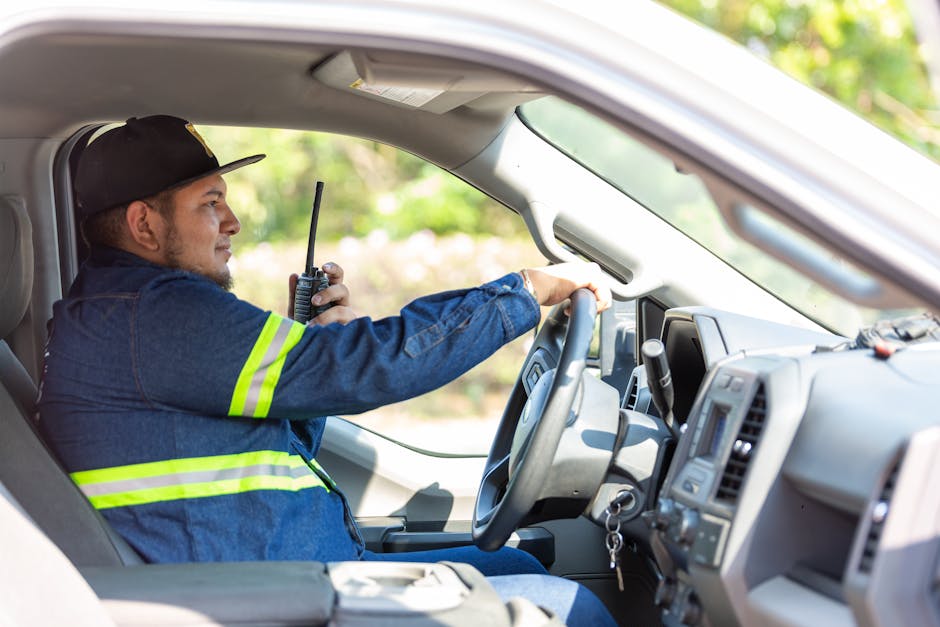How Car Wrong-Way Alert Systems Work
In today’s fast-paced world, road safety remains a top priority for drivers, automakers, and transportation authorities. One of the most dangerous scenarios on highways and urban roads is wrong-way driving—when a vehicle travels in the opposite direction of traffic flow, often leading to catastrophic head-on collisions. To combat this growing concern, automotive manufacturers have developed wrong-way alert systems, a sophisticated safety feature designed to detect and prevent such incidents.
This article explores how these systems function, the technology behind them, their real-world effectiveness, and future advancements in wrong-way driving prevention.
1. The Dangers of Wrong-Way Driving
Before delving into how wrong-way alert systems work, it’s essential to understand why they are necessary. According to the National Highway Traffic Safety Administration (NHTSA), wrong-way crashes are among the deadliest types of collisions, with a fatality rate nearly 12 times higher than other accidents.
Common causes of wrong-way driving include:
- Driver confusion (especially at complex highway ramps)
- Impaired driving (alcohol or drug-related)
- Poor signage or road markings
- GPS navigation errors
- Medical emergencies (e.g., seizures, strokes)
Given these risks, automakers have integrated wrong-way detection technologies into modern vehicles to mitigate accidents before they happen.
2. How Wrong-Way Alert Systems Detect Errors
Wrong-way alert systems rely on a combination of sensors, cameras, GPS, and artificial intelligence (AI) to determine if a vehicle is moving against traffic. Here’s a breakdown of the key components:
A. GPS and Digital Mapping
- Modern vehicles use high-precision GPS combined with digital road maps to track their position.
- The system cross-references the car’s direction with known one-way streets, highway entry/exit points, and legal traffic flow.
- If the vehicle moves in the opposite direction of mapped traffic, the system triggers an alert.
B. Forward-Facing Cameras and AI
- Many cars now feature lane recognition cameras that read road signs, arrows, and lane markings.
- AI-powered image processing identifies wrong-way indicators, such as “Do Not Enter” or “Wrong Way” signs.
- Some systems can even detect the direction of other vehicles to confirm if the driver is going the wrong way.
C. Radar and Ultrasonic Sensors
- Short-range radar can detect oncoming traffic in the opposite lane.
- Ultrasonic sensors help assess the vehicle’s surroundings, particularly in low-visibility conditions.
D. Vehicle-to-Infrastructure (V2I) Communication
- Some advanced systems communicate with smart road infrastructure, such as traffic signals and highway sensors.
- If a wrong-way driver is detected, the system can alert nearby vehicles and traffic management centers.
3. How the System Alerts the Driver
Once a wrong-way movement is detected, the system employs multiple warning methods to prompt the driver to correct their path:
A. Visual Warnings
- A dashboard alert (often a flashing red icon) appears on the instrument cluster or head-up display (HUD).
- Some systems display a wrong-way symbol along with an audible chime.
B. Audible Alarms
- A loud beeping sound or voice warning (e.g., “Wrong Way! Turn Around!”) is played through the car’s speakers.
- Some luxury vehicles even use haptic feedback (vibrating seats or steering wheels) to grab the driver’s attention.
C. Automatic Interventions (in Advanced Systems)
- Some semi-autonomous vehicles can automatically slow down or attempt to steer the car back into the correct lane.
- If the driver does not respond, the system may engage emergency braking to prevent a collision.
4. Real-World Effectiveness and Limitations
While wrong-way alert systems are highly effective, they are not foolproof. Some limitations include:
✅ Pros:
- Reduces wrong-way crashes by up to 30% (according to NHTSA studies).
- Works in low-light and foggy conditions where human vision fails.
- Integrates seamlessly with other ADAS (Advanced Driver Assistance Systems) like lane-keeping assist.
❌ Cons:
- GPS inaccuracies can lead to false alarms in areas with poor signal.
- Heavy reliance on road markings—if signs are missing or faded, detection may fail.
- Driver overreliance—some may ignore warnings if they trust their own judgment over the system.
5. The Future of Wrong-Way Detection
As technology evolves, wrong-way alert systems are expected to become even more sophisticated:
🔹 AI-Enhanced Recognition: Future systems will use deep learning to better interpret complex road scenarios.
🔹 Vehicle-to-Everything (V2X) Communication: Cars will share real-time wrong-way alerts with other vehicles and infrastructure.
🔹 Autonomous Driving Integration: Self-driving cars will automatically reroute to avoid wrong-way paths.
Conclusion
Wrong-way alert systems represent a significant leap forward in automotive safety, leveraging AI, sensors, and smart infrastructure to prevent deadly accidents. While not perfect, these technologies are continuously improving, making roads safer for everyone.
As more vehicles adopt these systems, we can expect a drastic reduction in wrong-way collisions—saving countless lives in the process.
Would you trust an automated wrong-way alert system, or do you prefer traditional driver vigilance? Let us know in the comments! 🚗💡

